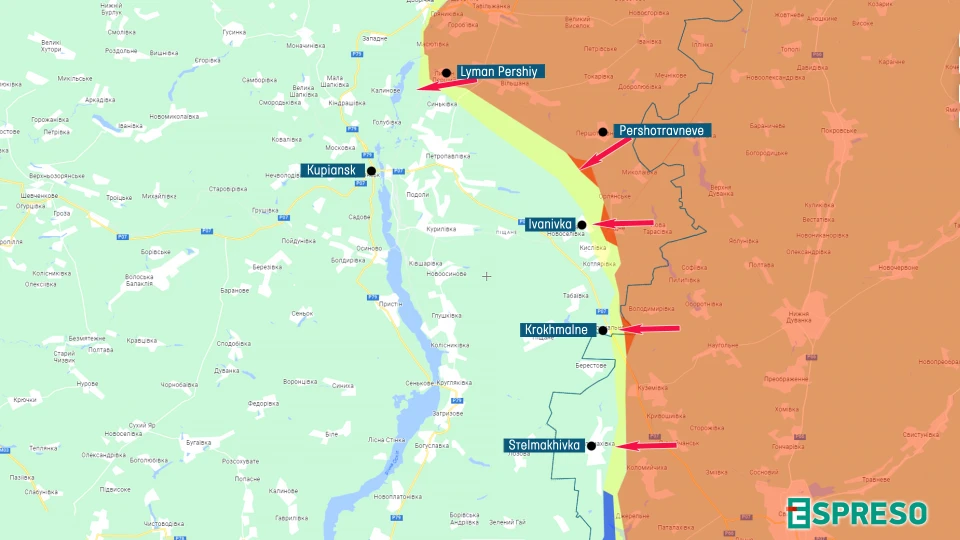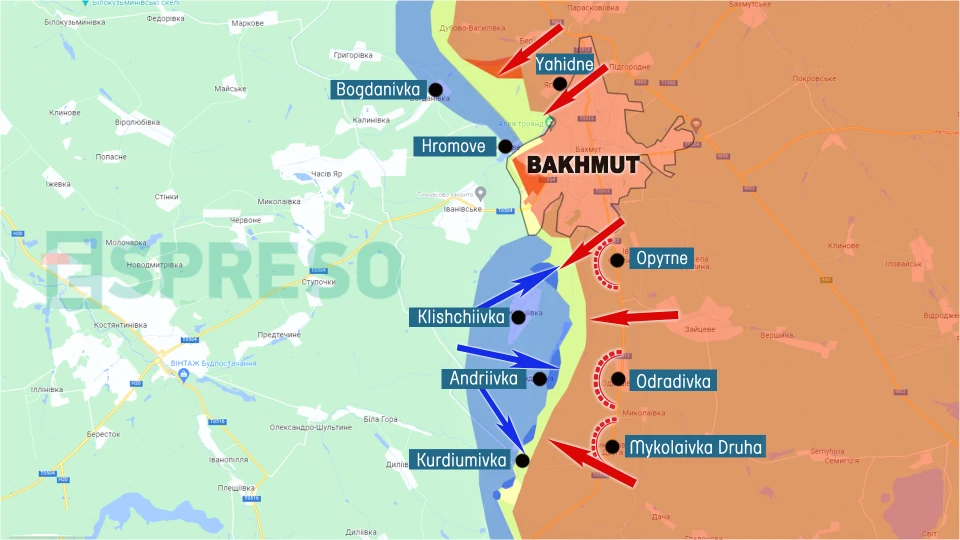
Significant drone strike on Russia's military-industrial complex is only beginning – military expert Serhiy Zgurets
Ukraine is actively taking steps to dismantle Russia's defense and industrial capabilities. During the night of November 14, attack drones targeted four regions of Russia
Ukrainian drones launch a night attack
Ukraine is actively working to undermine Russia's defense and industrial capabilities. On the night of November 14, strike drones targeted four regions in Russia. Among the locations hit was the Bryansk Chemical Plant, responsible for producing ammunition for the Russian army's MLRS. Another target was the Mechanical Engineering Design Bureau in Kolomna, known for developing missile weapons like the Iskander and Kinzhal missiles. Locals reported a loud explosion, prompting a response from rescue services.
Notably, this marks the second drone attack on the same facility, following an incident three days ago that resulted in a fire at the Tambov powder factory on November 11. While these drone strikes, reaching approximately 400 km into enemy territory, haven't caused critical damage to vital industrial facilities, it's just the beginning.
Ensuring accuracy, precision, and scalability is crucial for the desired impact. This approach must complement our battlefield efforts and prove as effective as our air defense operations against enemy cruise and ballistic missiles. The goal is clear: it's more advantageous to neutralize the factory than the missiles it produces.
The Ukrainian Ministry of Defense's main intelligence department has reported the compilation of a target bank within the aggressor's territory. The aim is to disrupt Russia's ability to produce specific weapons, impacting military industry enterprises, suppliers, and energy facilities supporting defense production.
These objectives align with established customs and rules of warfare, a crucial clarification because partners express intentions not to target Russian territory. But they're now providing us with weapons up to 300 km, while our need extends to 2000 km and beyond. It's a task for our defense industry to develop such capabilities, including missile systems and strike drones. Urgency is paramount in scaling up production by Ukroboronprom during these wartime conditions, recognizing that time is a critical factor influencing military potential for both us and the adversary.
Frontline update
In the last 24 hours, there were 80 armed clashes, surpassing the previous day's count. Most of these incidents occurred in Bakhmut, Avdiivka, Marinka, and Kupyansk directions. Commander Oleksandr Syrskyi, on November 14, revealed that despite significant losses, the enemy is actively attacking our units defending in the Kupyansk region, both north and south of Bakhmut.

Volodymyr Fityo, head of the public relations service at the Ground Forces Command of the Ukrainian Armed Forces, stated that the enemy had been gearing up for offensive actions in Kupyansk and Bakhmut since early October.
Ukrainian defenders also prepared and bolstered their positions, mobilizing reserves. Intense fighting in the Kupyansk direction persisted throughout October and part of November. The enemy's objective is clear: to recapture Kupyansk, a vital logistics center supplying ammunition and provisions to the invading Russian army. Despite losses, the enemy persists in their plans after regrouping. There are losses on their side in this direction, but they aim for at least some victory before the upcoming Russian presidential elections.
Fityo also reported that despite facing 13 attacks in areas like Synkivka, Petropavlivka, Ivanivka (Kharkiv region), and Novoyehorivka (Luhansk region) over the past day, Ukrainian servicemen have successfully repelled the enemy. The adversary carried out 11 airstrikes employing various aircraft, including attack, bomber, and helicopter support, along with 16 kamikaze drones. A total of 692 shelling incidents occurred. Russians lost 244 soldiers and 30 pieces of equipment, including a tank and three IFVs, in the Lyman-Kupyansk direction yesterday.
In the Bakhmut sector, the situation remains active, with the enemy attempting to counterattack and regain lost positions. Ukrainian defenders are seizing opportunities to enhance their tactical position, reclaiming territory meter by meter. In the Ivanivka, Klishchiivka, and Andriivka areas, 15 enemy attacks were successfully repulsed, countering one airstrike and 33 drones. A total of 526 shelling incidents targeted Ukrainian positions in this direction over the past day. Russians lost 122 invaders and 15 pieces of equipment, including a tank and four IFVs. Notably, in the Khortytsia operational-strategic group's area of responsibility, 4,214 Russian soldiers and over 500 units of military equipment were eliminated from November 1 to 12.

Photo: Espreso
The serviceman mentioned ongoing efforts to bolster our fortifications. The primary goal of the enemy is to impede the Ukrainian military. They aim to swiftly entrench themselves, making it challenging to spot the Russian invaders. Consequently, Ukrainian fighters need to stay on the move, liberating at least 100-200 meters, to reclaim their land from the Russian incursion.
Ammunition production in Ukraine
Now, shifting focus to another crucial topic – technology, the defense industry, and safeguarding our soldiers. Consider this: In 2014, amid Russian aggression in eastern Ukraine, our army faced a stark reality— just one bulletproof vest for every hundred soldiers. A plea for support went out, urging everyone to help us acquire more vests. Fast forward to 2022, as Russia initiated large-scale aggression. Mobilization is in progress, and the army is expanding, yet there's a renewed shortage of body armor. Once again, we turn to our partners for assistance. Fortunately, several Ukrainian companies have stepped up to manufacture personal protective equipment for our military.
Severion Dangadze, an entrepreneur and founder of Ukrtac, a military ammunition manufacturing company, shed light on their journey. When the full-scale invasion began, Dangadze observed a significant lack of essentials at territorial defense units. Bulletproof vests were notably in short supply. Initially, he bought vests, but due to high prices and mediocre quality, he opted to create his own. Collaborating with friends, what started as a volunteer project evolved into Ukrtac. As demand grew, Ukrtac established its factory, producing Kevlar helmets that passed rigorous ballistic tests and earned appropriate certifications. Today, Ukrtac manufactures a comprehensive range of personal protection, including body armor, diverse gear, ballistic packages, and helmets. The company fulfills orders from the National Police, various prosecutor's offices, the State Emergency Service, military hospitals, and the Ministry of Defense, too.
The entrepreneur highlighted that ceramic plates have become globally widespread, rendering metal plates obsolete. According to the national standards protocol, only a ceramic plate can achieve a 6th-class rating and withstand three shots. Weight is a crucial factor for soldiers' body armor, and a ballistic vest with two class 6 ceramic plates weighs approximately 10 kg, compared to at least 18 kg with class 5 metal plates.
The Ukrtac founder is confident that future production will include ceramics due to its global importance. Currently, the company independently funds the production of military gear, producing up to 10,000 body armor and 3,000 helmets monthly. While production is expanding, there is a need to focus on sourcing raw materials in Ukraine, including Kevlar, ceramics, fabric, and ballistics.
- News













































